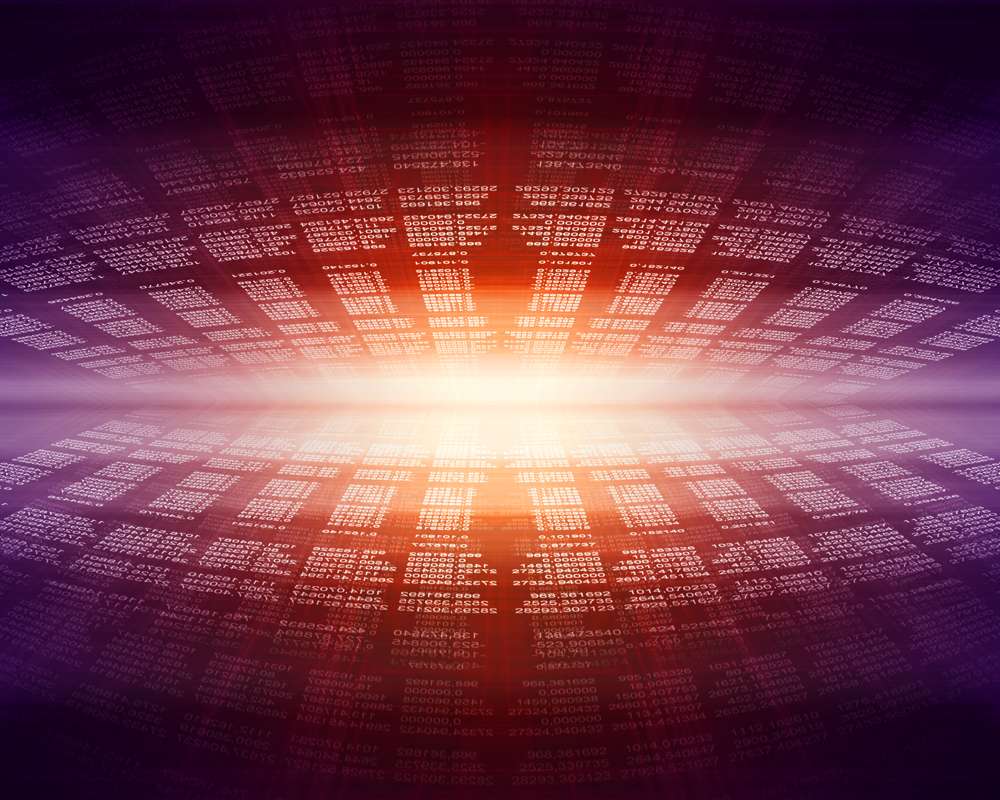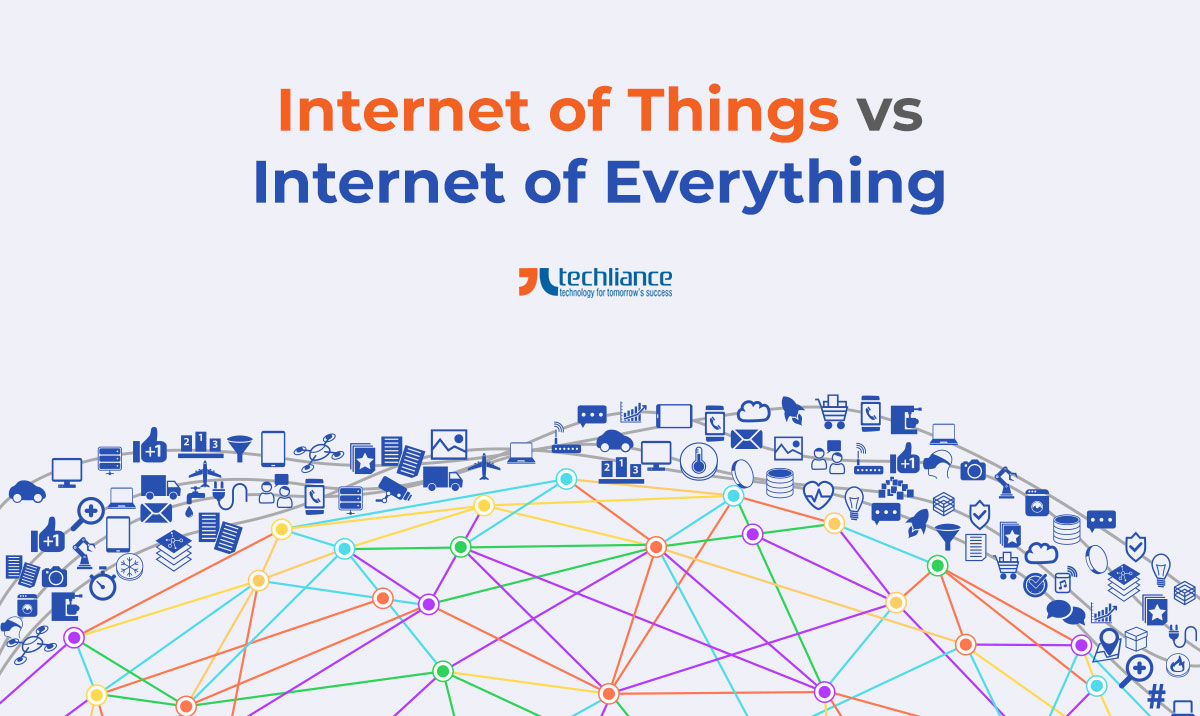internet of things vs internet of everything

Have you heard about the Internet of Things vs Internet of Everything debate? It’s an interesting topic that has been gaining a lot of attention lately. Let’s take a closer look at the differences between these two concepts.
Internet of Things
The Internet of Things (IoT) is a network of physical objects that are embedded with electronics, software, sensors, and connectivity that enable them to exchange data with other devices and systems over the internet. IoT is all about connecting everyday devices to the internet and using this data to create more intelligent and efficient systems.

Abstract:
The Internet of Things (IoT) is a network of physical objects connected to the Internet that can gather and share data. These devices have the ability to collect data from their surroundings and then transmit this data to other devices for analysis and processing.
Introduction:
The IoT has been around for several years now, and it is continuing to grow and evolve. This technology has the potential to revolutionize the way we live and work by creating more intelligent and efficient systems. IoT devices are already being used in homes, cars, and industrial settings to improve energy efficiency, increase productivity, and improve safety.
There are endless possibilities for IoT devices and applications. For instance, IoT sensors could be used to monitor air quality in cities, track energy consumption in homes and businesses, monitor water levels in rivers and reservoirs, and even help farmers optimize their crop yields.
The IoT is only just getting started, and there is still a lot of work to be done to make it a reality. Some of the challenges that need to be addressed include security, privacy, and interoperability. Without these key elements, the IoT will struggle to gain widespread adoption.
Content:
One of the biggest advantages of the IoT is its ability to gather data from a wide range of sources. This data can then be used to create more intelligent and efficient systems that can adapt to the needs of the users or the environment. For example, a smart home system might use data from sensors in the house to adjust heating and cooling, turn lights on and off, and even order groceries when supplies run low.
The IoT is also being used to improve safety and security. For example, sensors can be used to monitor traffic flow and road conditions, alerting drivers to hazards on the road. In hospitals, IoT sensors can be used to monitor patients and detect changes in their health, allowing doctors and nurses to respond quickly and avoid medical errors.
Another area where the IoT has huge potential is in the world of manufacturing and logistics. With sensors and connected devices, manufacturers can monitor their equipment and optimize production processes, reducing downtime and increasing efficiency. In logistics, IoT sensors can be used to monitor the location and condition of goods as they move through the supply chain, reducing the risk of damage or loss.
Internet of Everything
The Internet of Everything (IoE) takes the concept of the IoT one step further. While the IoT is focused on connecting physical objects to the internet, the IoE is about connecting people, processes, data, and things to create more value and opportunities.

Abstract:
The Internet of Everything (IoE) is a concept that includes not only physical things but also people, processes, and data. The IoE is about creating connections between everything to create more value and opportunities.
Introduction:
The IoE is a natural evolution of the IoT, and it has the potential to transform the way we live and work even more than the IoT. The IoE is about creating connections between everything, not just physical objects, but also people, data, and processes.
Connections between people can be created through social networks and collaboration tools, allowing people to work together no matter where they are in the world. Connections between data can be created through big data analytics and machine learning, allowing organizations to gain insights into their operations and improve their decision-making.
Connections between processes can be created through automation and artificial intelligence, allowing organizations to streamline their workflows and improve efficiency.
Content:
The IoE has the potential to create enormous value for organizations and individuals alike. For organizations, the IoE can help drive innovation, increase efficiency, and reduce costs. For individuals, the IoE can help simplify everyday tasks, improve health and wellbeing, and increase opportunities for personal and professional growth.
A good example of the IoE in action is the smart city. Smart cities use a combination of IoT sensors, data analytics, and automation to improve the lives of their citizens. Sensors can be used to monitor traffic flow, air quality, and energy consumption, while automation can be used to optimize street lighting and waste collection. Data analytics can be used to identify patterns and trends, allowing the city to make more informed decisions about how to allocate resources and improve services.
Another area where the IoE has huge potential is in healthcare. By combining data from patient sensors, medical records, and genomic databases, healthcare providers can create more personalized and effective treatment plans for their patients. Analysis of this data can also be used to predict and prevent disease outbreaks.
The IoE is also being used to create more sustainable and efficient agriculture. Sensors can be used to monitor soil moisture levels, temperature, and acidity, allowing farmers to optimize their crop yields and reduce waste. Automation can be used to control irrigation and fertilization systems, making them more efficient and reducing water and fertilizer usage.
Conclusion:
The Internet of Things vs Internet of Everything debate is an interesting one, but it’s important to remember that these concepts are not mutually exclusive. The IoT is the foundation upon which the IoE is built, and both have a critical role to play in creating a more connected and intelligent world.
As technology continues to evolve, we can expect to see even more exciting developments in the world of connected devices and systems. The future is bright, and the possibilities are endless!

Source image : www.arnia.com

Source image : blog.techliance.com

Source image : tweaklibrary.com





